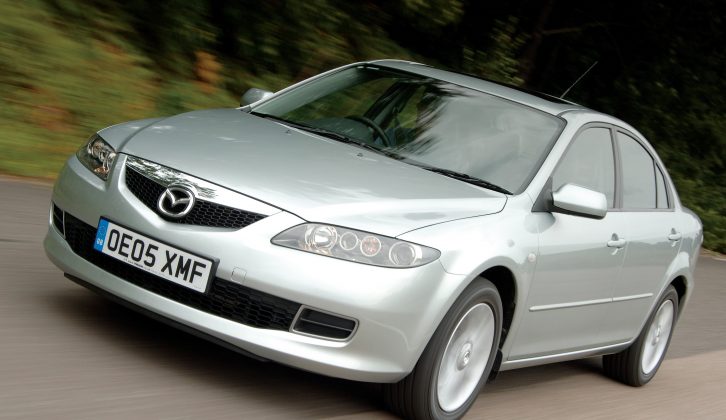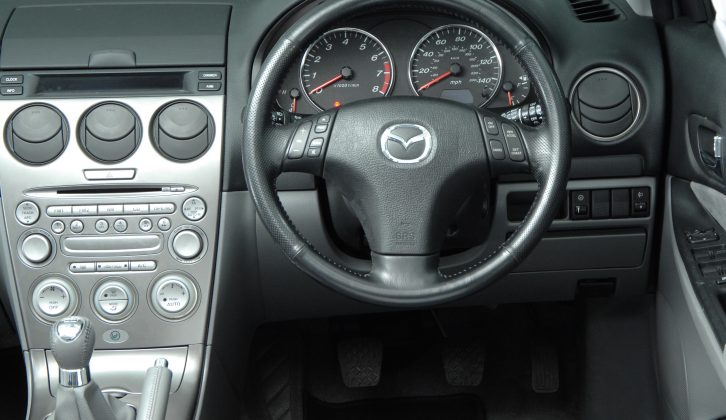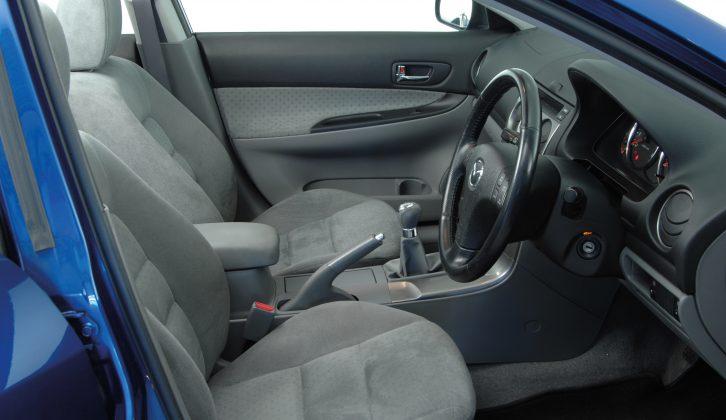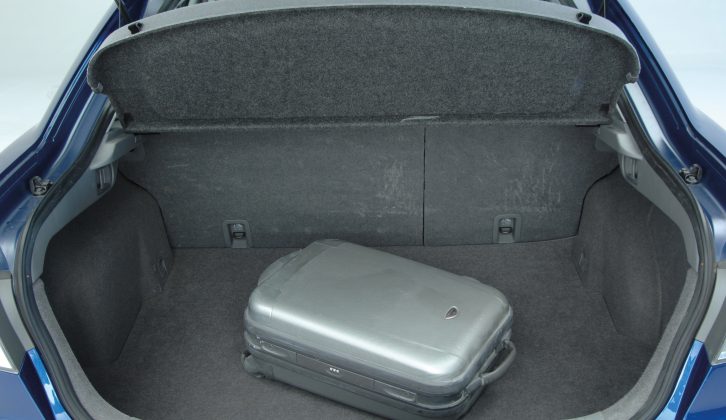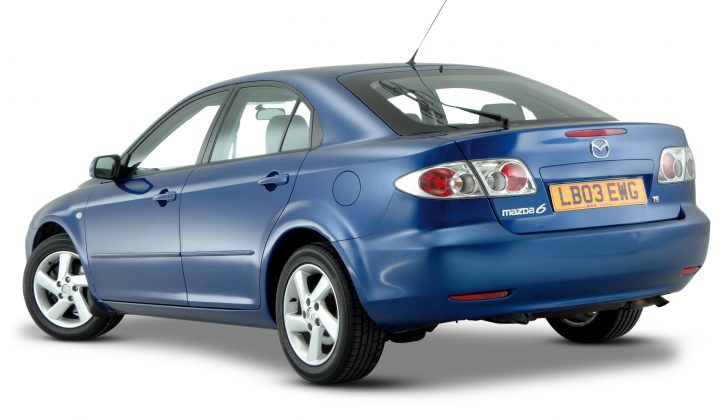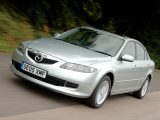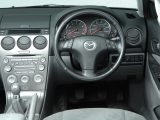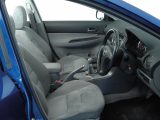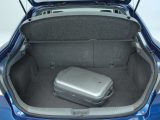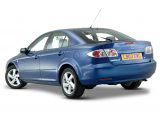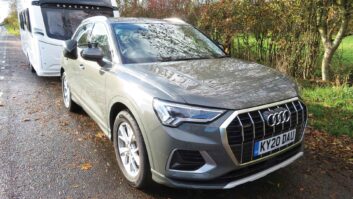Is it just a Japanese Mondeo, or does the Mazda 6 have more to offer? Aimed at the fleet market, the keenly priced Mazda 6 was the brand’s first car to be fully developed under Ford ownership. It shared diesel engines with Ford but mostly retained Mazda’s petrol units, upgraded from those in the 626 it replaced.
One benefit of Ford’s input was a vast improvement in the driving dynamics of the Mazda 6 over the 626. The 6 offers an excellent ride and handling balance, plus sharp steering.
Mazda reliability and the good level of kit fuelled the high sales that Mazda/Ford had hoped for. Eight years later, is the first series 6 proving to be a good secondhand buy? You can pick them up very cheaply now. Let’s see whether those prices equal good value or not in our used Mazda 6 review.
Model history
Arriving in the UK in summer 2002, the Mazda 6 was offered in saloon, hatchback and estate body styles with a choice of five engines. Petrol 1.8-litre 118bhp and 2.0 139bhp four-cylinder units carried over from the 626 were joined by a chain-cam 2.3-litre 164bhp ‘four’ and a pair of Ford 2.0 diesels in 119bhp or 134bhp forms, the latter with 229lb ft of torque.
All came with a five-speed manual gearbox; only the 2.0 petrol engine was offered with a four-speed automatic. That makes self-shifters hard to find.
Late in 2002, the range was joined by a four-wheel-drive (AWD) estate with a 2.3 petrol engine. The estate’s clever seat-folding system converts the rear into a level load floor.
There was a mild facelift – wider headlamps, larger grille and apparently better rustproofing – for the range in spring 2005, along with mechanical upgrades. Diesels got a common-rail fuelling system and both boasted better fuel economy, helped by a switch to six-speed manual gearboxes that were also fitted to the 2.0- and 2.3-litre petrol engines, while the higher-output diesel’s power rose to 140bhp and 266lb ft torque.
In January 2006, Mazda introduced the turbocharged, 256bhp all-wheel-drive MPS version. It was, and is, expensive.
All Mazda 6s were well-specced – even the base S (low-powered engines only) had six airbags, air conditioning, alloy wheels and electric windows throughout.
TS brought plusher seats, cruise control, a trip computer, larger alloys, more speakers and a leather steering wheel. TS2 added traction control, electronic stability control, leather trim and a Bose stereo. These range-toppers are now barely more expensive than the base models.
Trouble spots
I’ll be blunt here: don’t buy a diesel Mazda 6. It’s becoming an ever-more common refrain for cars from the past decade, because manufacturers employed technology with which they weren’t up to speed. The result is reliability issues as the cars age.
Mazda 6 diesels often suffer from big-end failure as a result of over-fuelling, which contaminates the engine oil with fuel. The first sign of this is the oil level rising above the ‘max’ mark on the dipstick. Rebuilding an engine costs around £2500, which makes any car a write-off.
Further problems may occur with diesel-particulate filters, fuel pumps and exhaust-gas recirculation valves. Even on good examples, a 75,000-/150,000-mile service may cost £600 when the timing belt and tensioner need replacing.
Steer towards post-facelift models, because the six-speed gearbox is much tougher than the old five-speed. This is more prevalent on high-torque diesel engines than petrol units.
Earlier Mazda 6s are prone to rust, starting with the wheel arches. You may find it in hatchback and estate tailgates, and even the door bottoms. Look out for bubbling.
Verdict
A Mazda 6 must be bought with care. They are lovely to drive, however, and the more powerful versions make good, stable tugs. If you are on a tight budget, go for it, but with plenty to choose from and low prices for even the best, hang out for one with low miles and a rock-solid history from a good home (or two). Just don’t buy a diesel.
So, which should you buy? Our pick of the range is the 2.3 Zugara estate. There are many of these 2004 special editions out there. It was the only time the (best) 2.3 engine was used in a front-wheel-drive estate. But, as we’ve said previously, however tempting the fuel economy, the higher running costs and the risk of pricey – even terminal – diesel-engine trouble makes all the 2.0 diesels a gamble.
What you need to know
You can pick up a Mazda 6 for loose change, but only with accompanying problems. There’s really nothing worth buying for under £1000-£1200, depending on the model. Even the best late, low-mileage estates can be had from a dealer for under £4000, so it’s not a massive price range.
Within it, estates (about a fifth of Mazda 6s) are worth around 10% more than saloons or hatchbacks; the premium for diesels is similar, which is lower than usual. Add another 10% for AWD. The sporty and rare MPS is the exception – prices for these run from £3000-£7000.
Here are some useful figures (for a 2006 Mazda 6 2.3):
- Kerbweight 1375kg
- Towing limit 1500kg
- Towball limit 75kg
- 85% match 1169kg
If you want to tow with your Mazda 6 and so wish to fit a towball, according to quotes we got from PF Jones, a Witter flange towbar costs £119.20 and a Westfalia detachable towbar is £215.14, fitting extra.
When it comes to servicing, an interim service should be £130, a full service coming in at £205, says Servicing Stop.
Hang out for one with low miles and a rock-solid history
